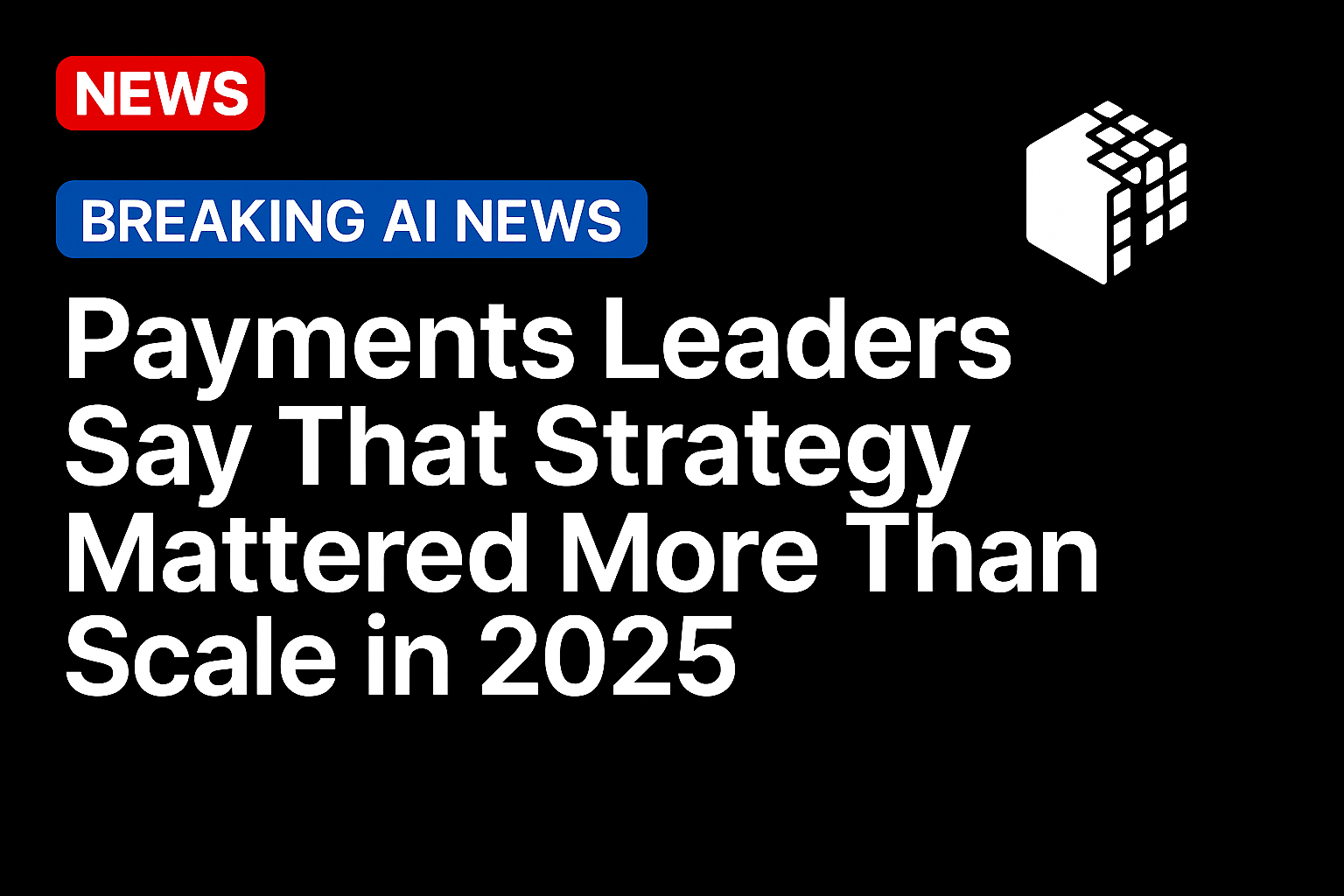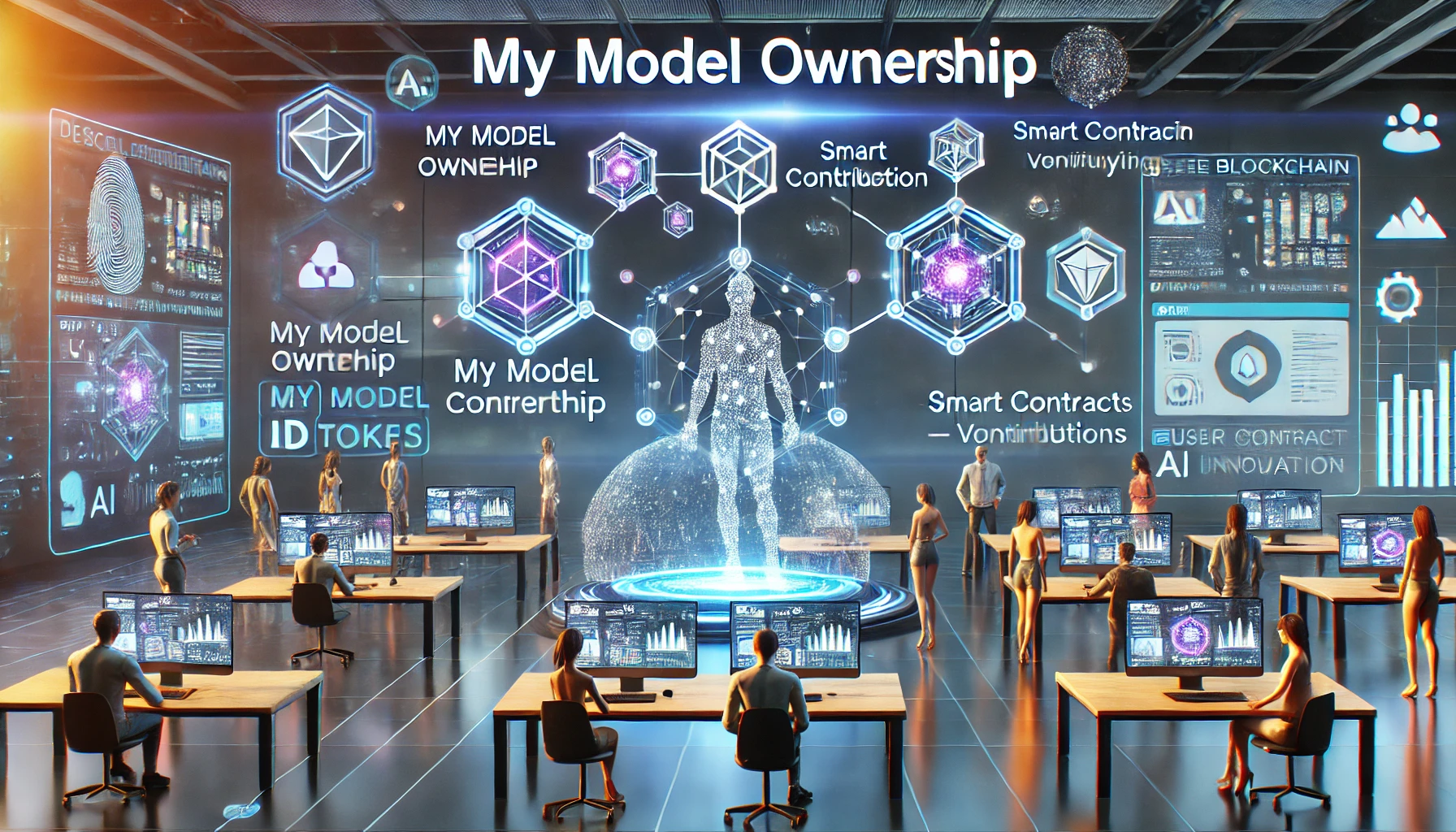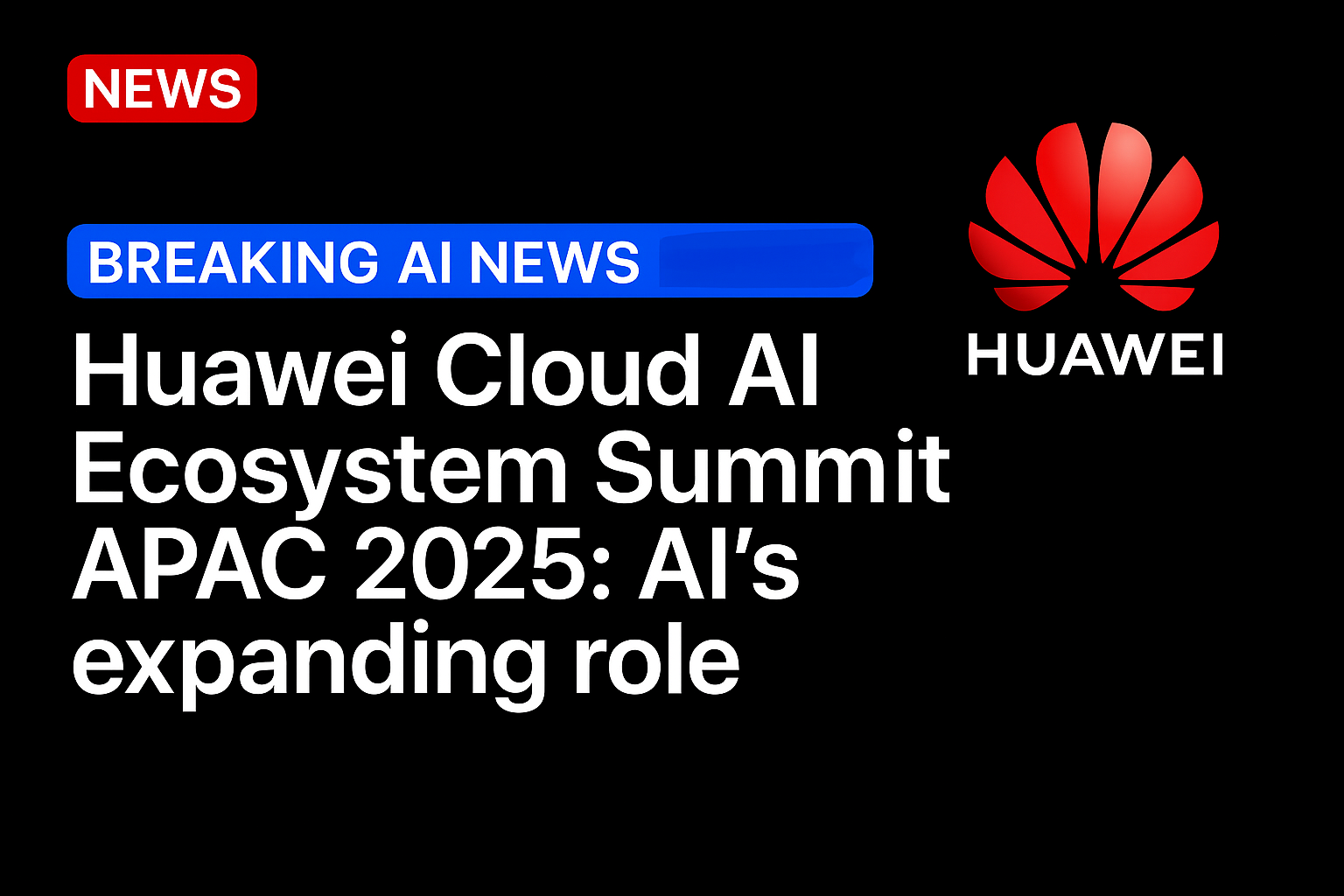Visa — Sam Hamilton, Head of AI and Data
In January, Hamilton was prescient about artificial intelligence (AI). He laid out just how pervasive he expects Gen AI to be across Visa’s network. “You’re in control of the data 100% of the time,” said Hamilton of consumers. “With the Visa credentials, you choose to share them with people when you need them and when you need them — and with the merchant, you can be comfortable sharing that credential to get the payment done … we’re seeing that this is very valuable.”

Mastercard — Mike Kresse, EVP, Commercial and New Payment Flows, North America
In a recent interview, Kresse reframed the CFO’s job around data, risk and technology as an integrated discipline. (PYMNTS.com). “The modern CFO can no longer view technology as an isolated domain. Instead the executive must connect data, payments, automation, risk and decisioning.”
American Express — Gary Kensey, EVP and Unit CIO, Global Servicing & Corporate Technology
Kensey captured Amex’s AI philosophy in a single, very quotable “North Star” sound bite in PYMNTS’ look at AI, empathy and customer care. “The North Star is simple: AI should work in service of people, not instead of them,” Kensey said. “We’re not really interested in just the traditional low-hanging fruit of AI to enhance efficiencies. We want to strengthen what we feel is a world-class customer service that defines our company.”
Discover — Dave Dew, Senior Manager, U.S. Acquiring and Digital Payments, Discover® Network
In PYMNTS’ PayFac Rails deep dive, Dew distilled why the PayFac model has become critical commerce infrastructure, not just a back-office convenience. “What I think the PayFac model does very well is that it not only streamlines the payments piece, but also the inner workings of a merchant’s business,” Dew said. “What the software is doing is unlocking vast possibilities for tailored payment experiences and allowing merchants to focus more on their core business rather than the payments piece itself.”
Ingo Payments — Drew Edwards, CEO
As part of What’s Next in Payments: Trade Offs, Edwards warned senders what happens if instant payouts are treated as a commodity instead of a strategy. “The trade-off, at a minimum, is that they’re going to be facing a race to the bottom, which every company does when they focus on a transaction for a fee that then scales,” Edwards said. “Competitors come in, and you have no walls to defend that.”
Velera — Elizabeth Wadsworth, Senior Innovation Strategist
Speaking on the topic of AI-governance, Wadsworth punctured the “magic black box” myth around AI for credit unions. “AI is not magic. There are, of course, people behind the solutions on the back end,” she said. “There is a misconception that data governance and AI governance are the same thing, and that’s actually not true. They are actually two very different things.”
Citi — Rishi Patel, Global Head of Clearing and FI Payments, Citi Treasury and Trade Solutions
Patel’s line from What’s Next in Payments: From Trend to Table Stakes crisply defines the role of rails, APIs and AI in Citi’s strategy. “Helping our clients actually do business is the priority. The rest, rails, APIs, AI, are tools to get there,” he said. ““First and foremost, it’s actually ensuring that you have coverage. And then it’s about making sure that in the way that you deploy those solutions, a consumer or a business customer can transact as seamlessly as possible. Those are the table stake features that are critical for our client to just get business done.”
Bank of America — Geoff Brady, Head of Global Trade and Supply Chain Finance
Brady used his PYMNTS’ interview to discuss how corporates think about trade finance, risk and working capital. “We’re here to facilitate global commerce. That includes everything from transactional mechanics between buyers and sellers to financing, risk mitigation and working capital optimization.”
Entersekt — Pradheep Sampath, Chief Product Officer
In PYMNTS’ datasharing coverage Sampath summed up modern fraud defense as a collaborative, data-driven exercise. “It’s a team sport. And the thread that binds us all together is data that’s actionable, shared in good faith, and governed responsibly.”
Block — Brian Boates, Chief Risk Officer
Boates’ contribution to the PYMNTS AI/fraud coverage (and eBook) puts hard numbers behind the shift from reactive fraud management to proactive AI-driven defense. “At Block, we’ve witnessed this evolution firsthand. Our AI-powered scam prevention systems have protected customers from over $2 billion in potential fraud losses since 2020, with our confirmed scam rate remaining below 0.01% of all peer-to-peer transactions. The real story isn’t just about the money saved, but how AI is expanding what’s possible in real-time fraud detection and prevention.”
Source: https://www.pymnts.com/




